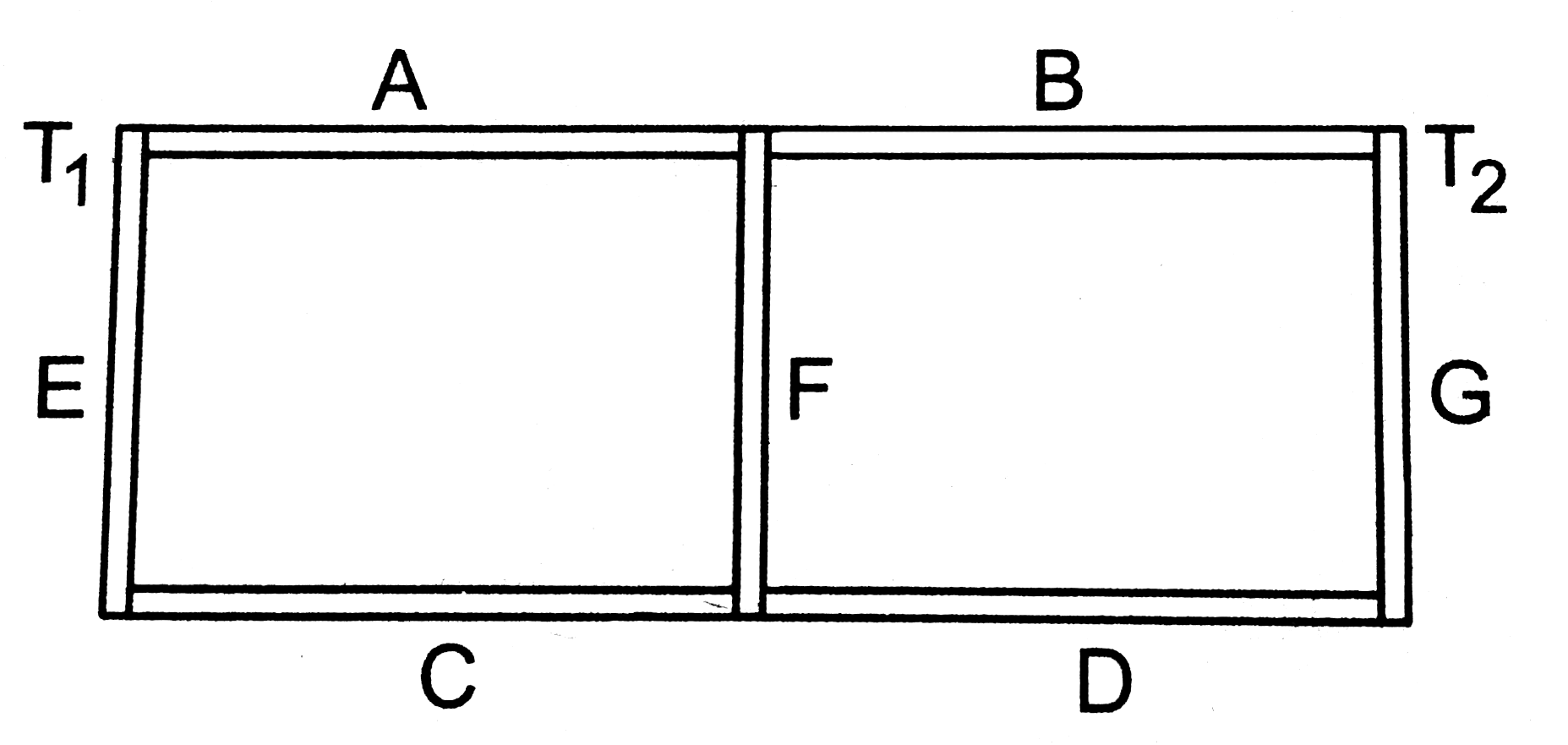Text Solution
Verified by Experts
The correct Answer is:
Topper's Solved these Questions
Similar Questions
Explore conceptually related problems
Knowledge Check
RESONANCE-HEAT TRANSFER-Advancel Level Problems
- Seven rods A, B, C, D, E, F and G are joined as shown in figure. All t...
Text Solution
|
- Find the rate of heat flow through a cross section of the rod shown in...
Text Solution
|
- A solid aluminium sphere and a solid copper sphere of twice the radius...
Text Solution
|
- A hot body placed in a surrounding of temperature theta(0) obeys Newto...
Text Solution
|
- Find the total time elapsed for a hollow copper sphere of inner radius...
Text Solution
|
- A metal block of heat capacity 90J//.^(@)C placed in a room at 25^(@)C...
Text Solution
|
- A hollow tube has a length l, inner radius R(1) and outer radius R(2) ...
Text Solution
|
- Calculate thermal conductance for radial flow of an annular cylinder o...
Text Solution
|
- Calculated thermal conductance for radial flow of a spherical sheel of...
Text Solution
|
- A metallic cylindrical vessel whose inner and outer radii are r1 and r...
Text Solution
|
- A uniform cylinder of length L and thermal conductivity k is placed on...
Text Solution
|
- Assume that the total surface area of a human body is 1.6m^(2) and tha...
Text Solution
|
- The surface of a household radiator has an emissivity of 0.55 and an a...
Text Solution
|
- A man, the surface area of whose skin is 2m^(2) , is sitting in a room...
Text Solution
|
- An electric heater is used in a room of total wall area 137m^(2) to ma...
Text Solution
|
- A rod of length l with thermally insulated lateral surface consists of...
Text Solution
|
- Two chunks of metal with heat capacities C(1) and C(2), are interconne...
Text Solution
|
